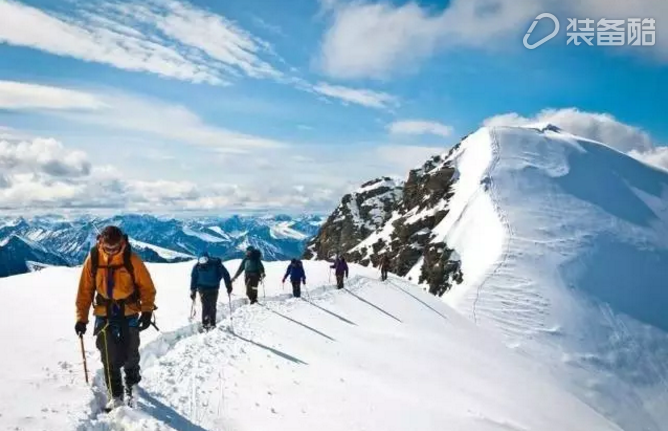
As a small editor of outdoor media, I often meet my friends and ask me: Is hiking like hiking, is there any difference between outdoor sports and mountain outdoor sports? This is a very good question. Xiao Bian feels it is necessary to give everyone a glimpse.
The difference between outdoor sports and mountain outdoor sports:
First, outdoor sports is a broad concept, that is, all outdoor sports, including mountain outdoor sports with high professional skills, as well as running, cycling and so on.
Outdoor mountain sports are subdivided into vertical subdivisions in outdoor sports. They specifically refer to alpine adventure-related outdoor sports such as mountaineering, ice climbing, rock climbing, and cave exploration. Therefore, the concept is relatively narrow compared to the former, and both are included and Contains relationships.
Second, outdoor sports include a wide range of sports. It can refer to any outdoor sports where the whole people participate. Mountain outdoor sports require high skills, physical fitness, and professional knowledge. Therefore, the participation of the whole nation is low and the people are relatively niche.
For example, a more confusing statement - climbing. The vast majority of people we talk about daily, such as vacations to climb Huangshan, Huashan, etc., belong to outdoor sports. Strictly speaking, it can't be called climbing. It's called climbing more appropriately.
Because outdoor sports are exotic, there is a clearer classification in English: Treking and hiking are nouns in English. Mountaineering in English has a very specialized term climbing or mountainering. There are three types of climbing: Alpine, Himalaya, and Alaska.
Alpine climbing is extremely demanding in terms of technology, knowledge, and physical fitness. It also means that Aldo-style climbing is highly risky. Therefore, the establishment of the Golden Bing Award (having the Oscar for the mountaineering community) was granted to the Alps every year. Alpine-style climbing has little impact on the environment.
Himalayan climbing, large team climbing, such as the movie "Destruction of the Dead" is the Himalaya style climbing, laying ropes through predecessors in advance on the road, using the riser. The Himalaya-style climbing has a wide audience. There are professional mountaineers and ordinary people. Commercial climbing is mostly such. For example, the mountaineering school guide takes you to Mount Everest. Himalayan climbing has a great impact on the environment.
Alaska style climbing, English name: Capsule style. (Capsule means capsules, capsules, and there are articles in the country that translate it into a “cabin-like†climb.) It takes a balance between the Alpine and Himalayan styles, maximizing safety, environmental protection and summiting. If you use an alpine style to climb a route, use Himalayas to climb in difficult climbing areas and then change to Alpine style after passing through the difficult area.
These three methods are sometimes more of a concept than a series of rules. It just allows more people to understand the similarities and differences between the three, but it cannot be used as a criterion for judging the merits of the climbing method. Re-emphasize that there is no advantage or disadvantage in the way of climbing. Everyone has the right to choose their own suitable climbing style.
NINGBO BRIGHT MAX CO., LTD. , https://www.smartrider-horsecare.com